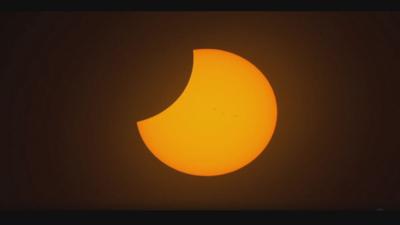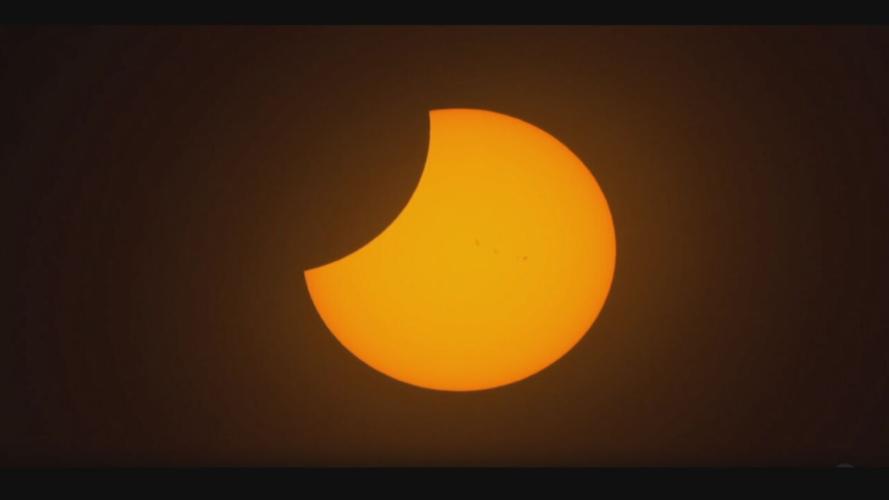LOUISVILLE, Ky. (WDRB) — The countdown continues to this year's total solar eclipse on April 8, and WDRB is here to prepare you.
During the total solar eclipse, there is a specific area where the sun will be totally blocked by the moon. We call this area totality. It's where you get the full effect of the solar eclipse, and it happens when you are inside the moon's shadow called the umbra.
Let's demonstrate, my flashlight is the sun and this ball is the moon. When the ball fully blocks the flashlight, you are in the umbra, the shadow. The flashlight is still on so the darkness you are experiencing is because the light source is totally blocked putting you in shadow, not because I turned off the light.
Compare that to a partial view of the solar eclipse which is what Louisville and communities to the south will experience. The sky will also get dark where you are as you move into the *pen*umbra, which is also a part of the moon's shadow.
All of our communities will experience at least 95% of the sun blocked during the solar eclipse, and that is pre-determined. It's not like a weather forecast that will change a bit before it arrives. Whether you see a total or partial eclipse is determined by the orbits of the sun and moon and rotation of the Earth so astrophysicists know well in advance where these things will happen.
So let's see what a partial eclipse will look like. As the ball moves in front of the flashlight, you are partially in it's shadow but some light is still getting around the ball. This is what a partial solar eclipse will look like and is the reason you will have a different view depending where in our area you watch the solar eclipse.
This is still cool to see, but totality is another level. If you are in totality, you'll be able to take off your eclipse glasses while watching the moon block the sun. The sky will get dark around you, but you'll be able to see light 360 degrees around you on the horizon. You'll be able to see stars in the dark sky, as long as clouds don't get in the way. You'll notice the temperature will drop while the sun is blocked and the wind may change. Animals also notice the change and may start their nighttime sounds or behaviors.
Next time we'll talk more about some unique features you'll be able to see in totality when you look at the sun. The things astronomers get so excited to see during a solar eclipse and what Marc Weinberg and the Louisville Astronomical Society will be looking at on April 8.
Eclipse coverage on WDRB:
You’ll be able to find all our Eclipse coverage on wdrb.com and some of that coverage involves you!
Do you have questions about the eclipse, how to watch safely, or how kids can participate? Send them to us! We will have a panel of experts answer your questions in one of our upcoming segments. You can send those to me on Facebook or X or you can email me: hstrong@wdrb.com
Related stories:
- Eclipse countdown | Louisville area prepares for total solar eclipse in our area on April 8
- University of Louisville offering class preparing students for 2024's total solar eclipse
- Southern Indiana city expecting 3 times its population to converge for 2024 solar eclipse
- Indiana DNR preparing for total solar eclipse in April 2024
Copyright 2024 WDRB Media. All Rights Reserved.














